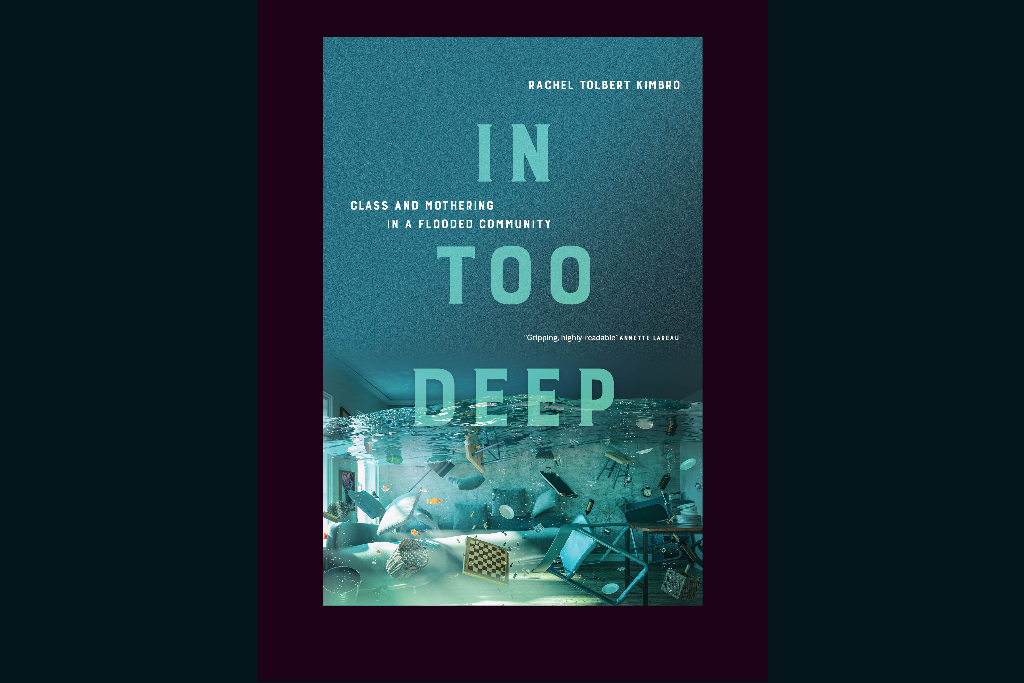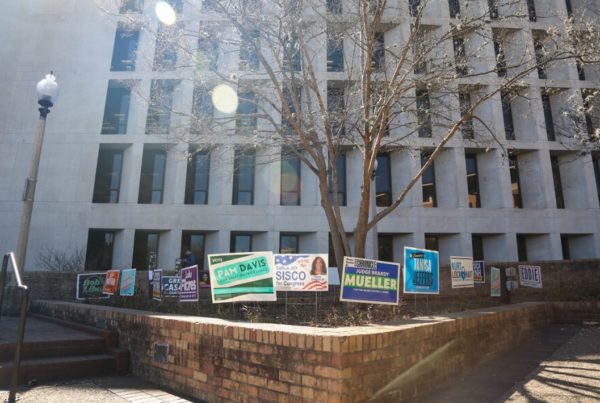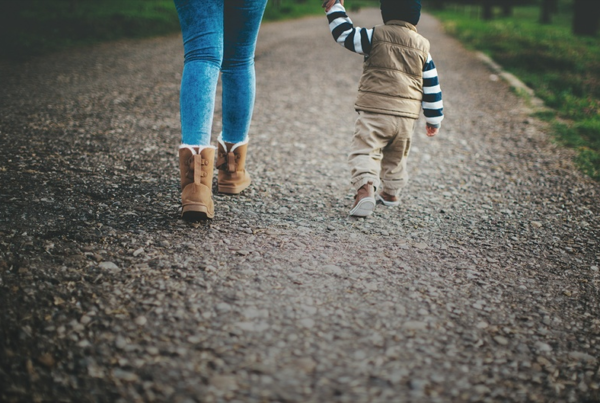The families of Bayou Oaks are attached to their neighborhood.
The area has been affected by most of Houston’s recent floods, including Hurricane Harvey in 2017. Its residents have the means to move somewhere else. But by and large, they don’t.
Rachel Tolbert Kimbro, dean of social sciences at Rice University wrote ‘In Too Deep’ about the neighborhood and its people. She spoke to Texas Standard about her research. Listen to the interview above or read the transcript below.
This transcript has been edited lightly for clarity:
Texas Standard: We should say from the start that the place you studied in this book, Bayou Oaks, is a real place. But that name is something of a pseudonym, right?
Rachel Tolbert Kimbro: That’s right. And that’s just to help protect the privacy of my respondents.
But it is like places that I think a lot of people who visit Houston have seen. It looks like a sort of a man made bayou development, built around this water. Is that right?
That’s right.
Tell us a little bit more about the neighborhood. It’s affluent. People have wanted to live here.
Yes. And I think that’s one of the reasons why the residents are so determined to stay even after their neighborhood has flooded three times in three years. It’s affluent. The residents are educated. They choose the neighborhood because they think it’s the best place to raise their children. And the women that I interview in the book feel very strongly about that, and that’s why they want to stay.
I know a lot of research has been done on people of lower socioeconomic backgrounds, in particular when it comes to how they’re affected, how their mental health is affected, and a lot of the conversations that have been built up around the issue of flooding have been built up around that research. You’re consciously taking a different tack.
I am. I am a sociologist and most of my career, my work has been on lower income populations. But to really understand inequality, I think you have to think about both ends of the extreme. And I was really interested in how affluent people would respond. What kind of resources would they be able to bring to bear in recovery and how would those resources impact their decisions? And I think that’s really important when we start thinking about flood policy and how to make changes in our flood policies.
One of the things that struck me was how even among this more affluent group of people, you had people who were on the more end of the affluent spectrum, and the and the less end of that spectrum. And you could actually see fault lines in the way that people responded to repeated flooding.
Yes, that’s right. There was quite a bit of variation in both income and wealth in my group. And the women definitely noticed their neighbors who were doing something like tearing down their home and building a brand new one up high, as well as people who were just taking their flood insurance and renovating and staying on ground level. So there was quite a bit of variation in the resources they had to recover even in this affluent neighborhood.
What’s the bigger takeaway? If you were looking at what you discovered when you talked with these mothers in terms of what you found about the ability of people to recover and where they were ultimately left after these disasters?
I really hope that the book can shed light for policymakers and those who work in the disaster recovery space as to why people make the decisions they do – before a storm, during a storm and then also after a storm. Because the book really delves into each family’s intimate struggle with how to respond. And I think that can get missed when you use something like, for example, survey data, to look at these kinds of questions. This is a really intimate portrait of families.
It seems like broadly speaking, though, you found that those with greater resources tended to do extraordinarily well. Sometimes they were better off than they were before the disaster or the flood.
That’s right. And that actually confirms some earlier work by my colleague Jim Elliott in sociology, and his research team, that actually finds, using big quantitative data nationwide that communities sometimes do even better after a disaster. And I think what my book shows is kind of the mechanisms of how that is actually working,
Why did you want to focus in on mothers exclusively here?
I interviewed 36 women, and two-thirds of them worked outside the home. The other third were stay-at-home mothers. They were juggling a lot, even before the storm, trying to keep their dual career and families running. And then I just couldn’t believe that they were having to restore their homes for some, the second or even third time in three years. And I knew that would be a big strain on the family, and I really wanted to understand what that experience was like for them as they’re trying to get their families back into their homes. And that’s why I wanted to focus on women. I feel like sometimes women’s voices are left out of disaster narratives, even though a lot of times they’re the ones right there on the ground doing a lot of the labor.
When you talk about how you are hopeful that policymakers will look at this and say, “hmm, we need to think a little bit more deeply about this,” what you’re talking about is having a more realistic eye for how people prioritize – why people would do something like repeatedly return to an area that has been frequently flooded?
Exactly right. So even a generous buyout policy might not be enough to move people. And the argument I’m making in the book is that that can be particularly true when a family has chosen a neighborhood with care. And the school figures prominently in this narrative as well, especially in a big, turbulent school district like Houston’s. Once you’ve found the school where you want your children to go, even three floods in three years won’t make you change your mind about that neighborhood.
Was there something in particular about this school? Could you say more about that aspect of the decision?
Yes. What the mothers told me is that they had selected the school very carefully because it was a school with high academic standards. But it was racially and socioeconomically diverse, and that was something that they valued and they wanted their children to go to a school like that. So this neighborhood allowed them to live in a community of other affluent, educated parents. But at the same time, their kids could go to a school that was a place where they wanted their children to be exposed to a diverse group of kids. So that was a that was a really big deal to them, and they didn’t want to let that go.













